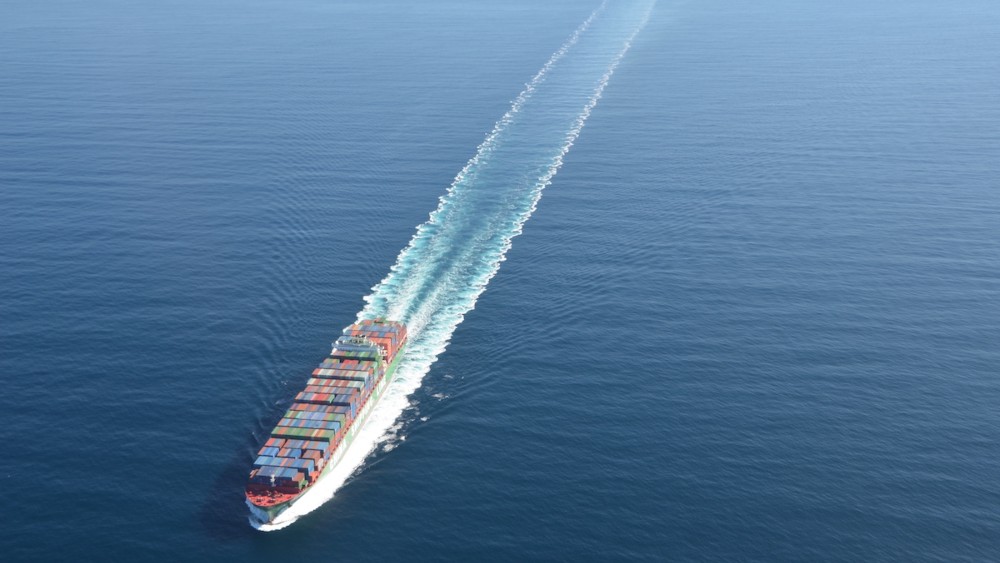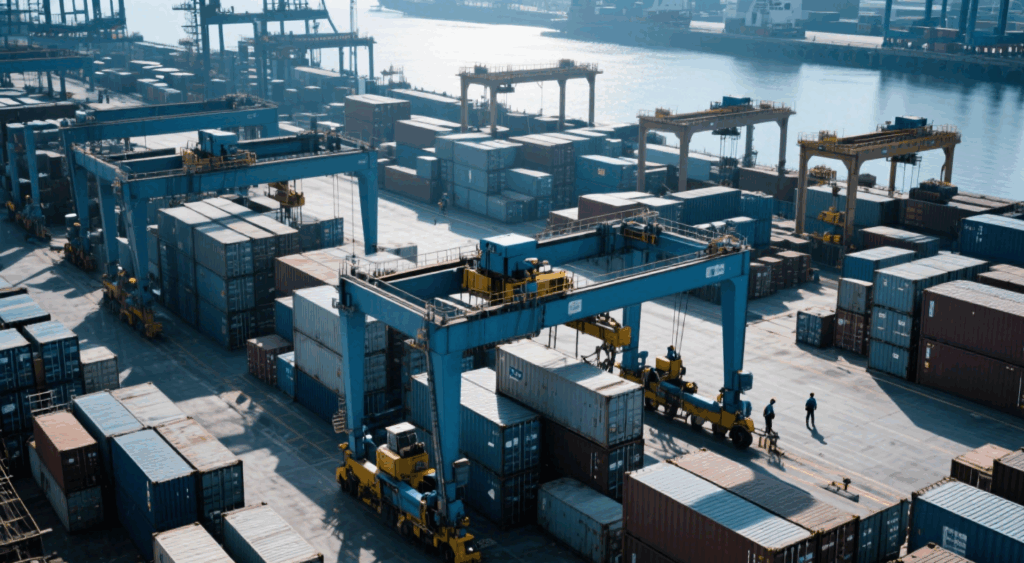- By Della tj
- September 17, 2025
- Air Freight, Shipping
Air freight from China to Europe is one of the fastest and most reliable shipping solutions for businesses engaged in global trade. Although it is more expensive than sea freight, it offers shorter transit times, higher security, and efficiency for urgent or high-value shipments. With professional planning and the right freight forwarder, companies can reduce risks, manage customs effectively, and ensure timely delivery.
What Is the Average Transit Time for Air Freight from China to Europe?
Transit times range from 3 to 7 days, depending on departure airport, airline, and European destination hub.
| Route | Average Transit Time |
|---|---|
| Shanghai → Frankfurt | 3–5 days |
| Shenzhen → Paris CDG | 4–6 days |
| Guangzhou → Amsterdam | 4–7 days |
| Beijing → London Heathrow | 3–5 days |
Additionally, cargo consolidation or indirect flights may add extra time, especially during peak shipping seasons.
How Much Does Air Freight from China to Europe Cost?
Air freight rates are calculated by chargeable weight, which is the greater of actual weight and volumetric weight.
| Weight Bracket | Average Cost (USD/kg) |
|---|---|
| 0–100 kg | $7 – $10 |
| 101–300 kg | $6 – $8 |
| 301–500 kg | $5 – $7 |
| 500+ kg | $4.5 – $6 |
Moreover, additional fees such as fuel surcharges, security charges, and customs duties can affect the final cost.
What Factors Affect Air Freight Transit Times?
Several factors impact delivery schedules:
- Congestion at major airports like Shanghai PVG or Frankfurt FRA.
- Customs clearance delays due to incomplete documents.
- Seasonal demand surges such as Christmas or Chinese New Year.
- Weather disruptions across Europe or Asia.
Accordingly, businesses must plan with buffer time during peak shipping periods.
What Documents Are Required for Air Freight from China to Europe?
Customs authorities require specific documentation for clearance.
| Document | Purpose |
|---|---|
| Commercial Invoice | Declares product value and details |
| Packing List | Lists contents and packaging |
| Airway Bill | Serves as contract of carriage |
| Certificate of Origin | Confirms manufacturing country |
| Customs Declaration (EU) | Required for EU entry |
| Import Licenses (if needed) | For restricted goods |
Incomplete paperwork may delay clearance and increase costs.
Real Case Studies of Air Freight from China to Europe
Case 1 – Electronics Shipment
- Route: Shenzhen → Frankfurt
- Cargo: 1,000 kg laptops
- Cost: $6,500
- Transit: 5 days
- Outcome: Delivered in time for a major tech event.
Case 2 – Automotive Parts
- Route: Shanghai → Paris
- Cargo: 800 kg engine components
- Cost: $5,200
- Transit: 4 days
- Outcome: Prevented delays in European auto assembly lines.
What Are the Pros and Cons of Air Freight Compared to Other Modes?
| Mode | Pros | Cons |
|---|---|---|
| Air Freight | Fastest, reliable, secure | Expensive per kg |
| Sea Freight | Cheapest for bulk cargo | Slow transit (30–40 days) |
| Rail Freight | Eco-friendly, balanced cost | Limited to specific EU routes |
Therefore, air freight is ideal for urgent, seasonal, or high-value shipments where time is critical.



How Do Customs Duties and VAT Work in Europe?
Goods imported into Europe are subject to:
- Customs Duty: Based on HS code, usually 0–20%.
- VAT (Value-Added Tax): Varies by country (e.g., Germany 19%, France 20%).
- Excise Duties: Applied to alcohol, tobacco, or energy products.
Moreover, businesses must hold an EORI number to import goods into the EU.
Should Importers Use FOB, CIF, or DDP Terms for Air Freight?
Incoterms define responsibility distribution between buyers and sellers.
| Term | Seller Responsibility | Buyer Responsibility | Best For |
|---|---|---|---|
| FOB | Delivery to Chinese airport | Freight + EU customs | Experienced importers |
| CIF | Freight & insurance to Europe | Customs clearance | Balanced option |
| DDP | Full delivery to buyer’s address | Minimal obligations | Beginners |
For new importers, DDP offers simplicity, though costs may be higher.

How Can Businesses Reduce Air Freight Costs from China to Europe?
- Consolidate shipments with freight forwarders.
- Book off-peak seasons to avoid surcharges.
- Use efficient packaging to lower volumetric weight.
- Compare quotes across airlines.
- Negotiate contracts with logistics providers.
As a result, importers can reduce overall expenses without sacrificing reliability.
Why Work with a Freight Forwarder for Air Freight?
Freight forwarders manage booking, documentation, customs clearance, and delivery. Additionally, they negotiate airline rates, provide consolidation, and minimize risks. Consequently, businesses gain transparency, cost efficiency, and smoother supply chains.
Conclusion
Air freight from China to Europe is the fastest and most secure transport option, with transit times of 3–7 days and costs of $5–$10/kg. Although more expensive than sea freight, it is indispensable for urgent, high-value, or seasonal shipments. Moreover, customs duties, VAT, and Incoterms must be considered when budgeting. By working with experienced freight forwarders, businesses reduce risks, optimize costs, and maintain efficient supply chains. Ultimately, choosing air freight guarantees speed, reliability, and efficiency in international trade.
- Consult TJ China Freight Forwarding for the lowest quote. They will provide you with reliable, cost-effective service.
FAQs
Q1.What is the average cost of air freight from China to Europe?
Costs range $5–$10/kg, depending on shipment weight, airline, season, and European destination hub.
Q2.How long does air freight take from China to Europe?
Transit usually takes 3–7 days, including flight time, cargo handling, and customs clearance at both ends.
Q3.Can I ship small parcels via air freight to Europe?
Yes, air freight accepts all parcel sizes, though for very small packages, express couriers may be more economical.
Q4.What Incoterm is best for first-time importers?
Delivered Duty Paid (DDP) is ideal for beginners, as sellers handle freight, customs, and VAT, simplifying the process.
Q5.How do freight forwarders reduce air freight costs to Europe?
They consolidate cargo, negotiate contracts, optimize packaging, and ensure customs compliance, cutting costs and preventing costly delays.


